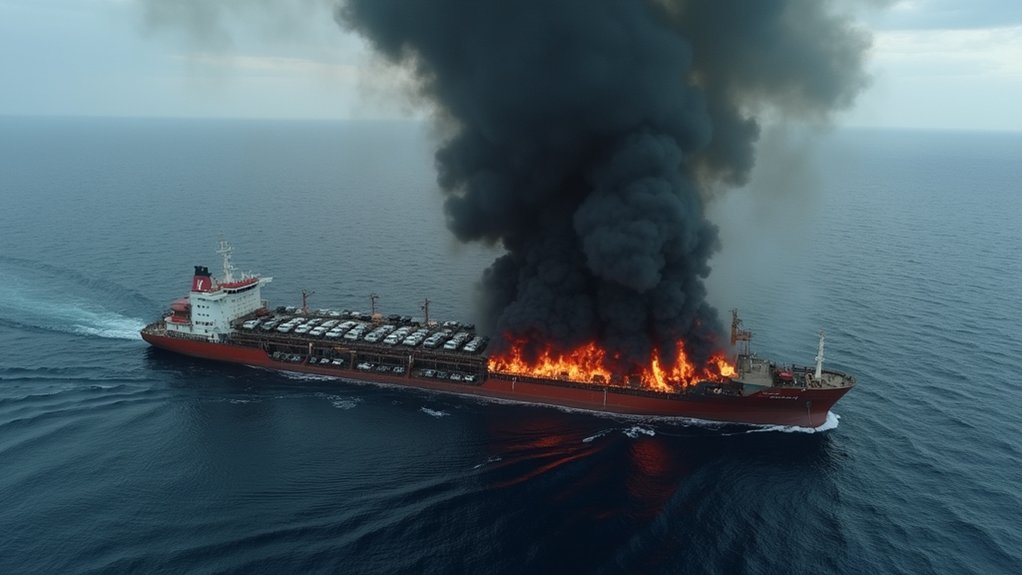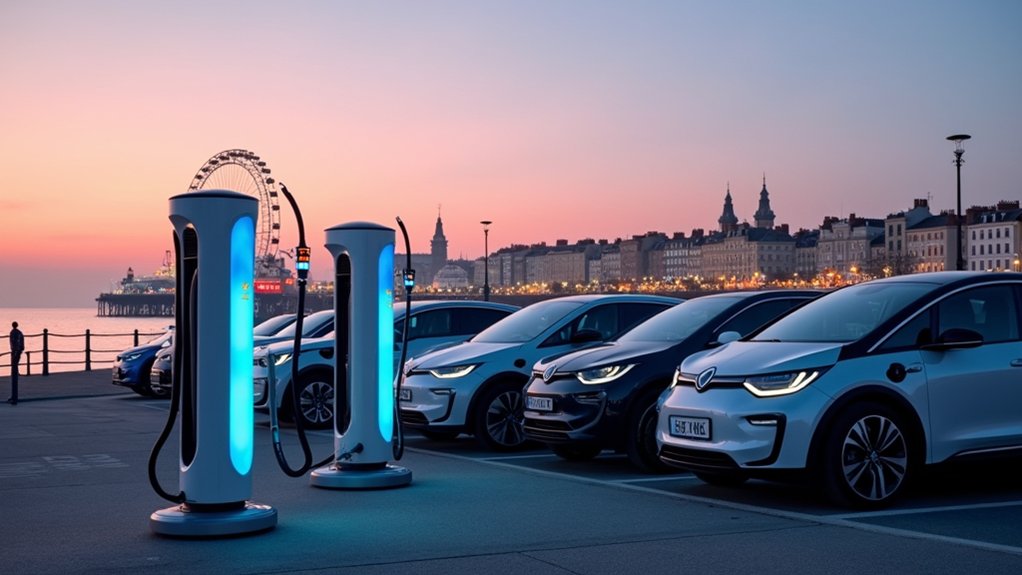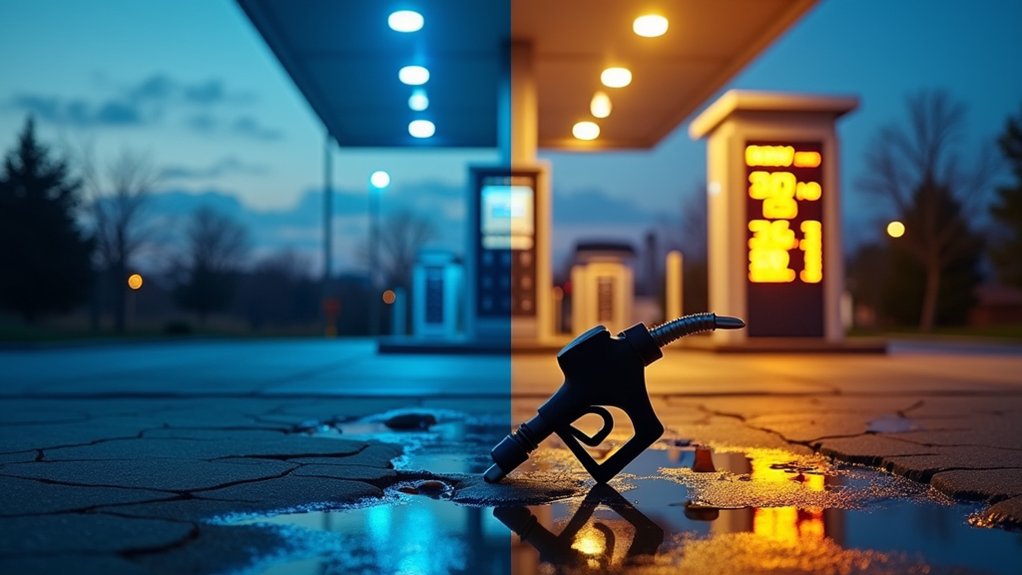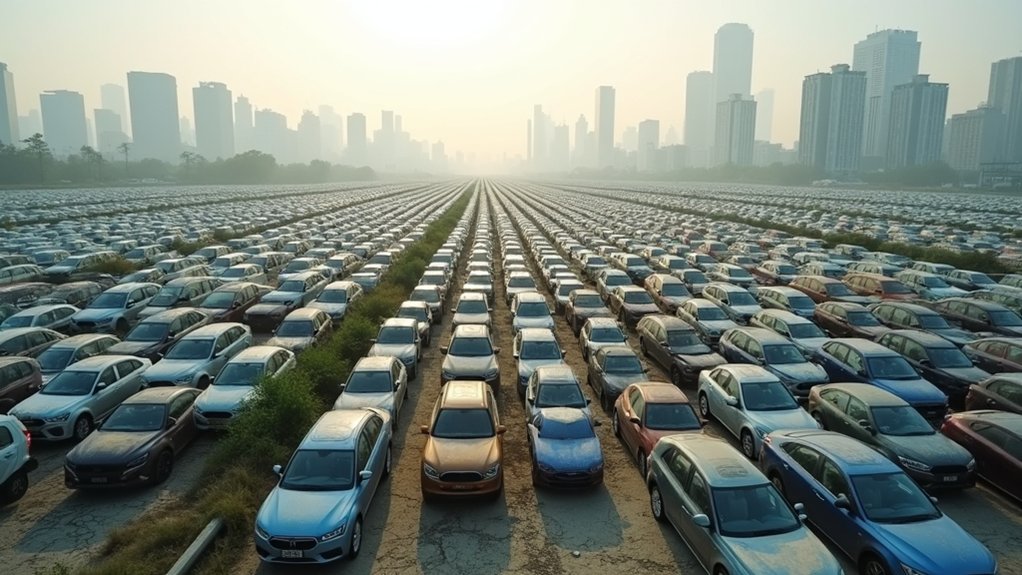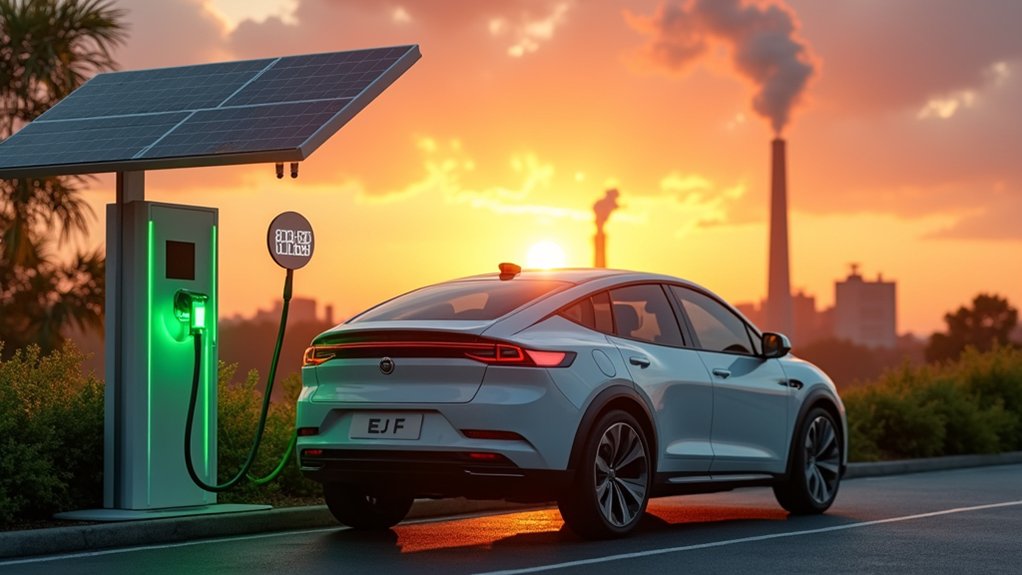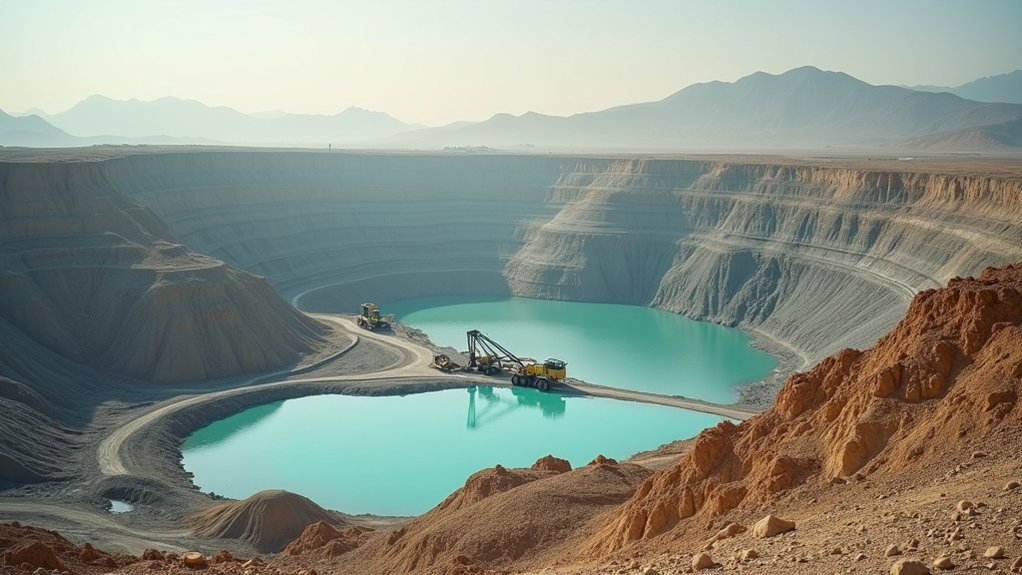A massive car carrier vessel, Morning Midas, plunged into the depths of the North Pacific Ocean after a devastating fire rendered the ship unsalvageable. The vessel, managed by Zodiac Maritime, was transporting approximately 3,000 new vehicles to Mexico when it caught fire in international waters off Alaska’s Aleutian Islands, eventually sinking to a staggering depth of 16,404 feet.
The crew abandoned ship after their attempts to extinguish the blaze proved futile. Remarkably, no injuries were reported during the evacuation—a demonstration of well-executed safety protocols. The fire, suspected to have originated in a cargo hold containing electric vehicles, disabled the ship’s propulsion and firefighting capabilities. Similar to the Panoria incident, which caught fire off Taiwan in early January 2025, the Morning Midas required substantial external assistance once ablaze.
I’ve seen similar incidents where lithium-ion battery fires create particularly challenging maritime emergencies. At least 70 EVs were confirmed aboard the Morning Midas, likely contributing to the fire’s intensity and persistence. These battery fires can reach temperatures exceeding conventional combustion, making them especially difficult to extinguish at sea. In cold ocean conditions, the ship’s EV batteries potentially experienced reduced thermal efficiency, further complicating firefighting efforts.
Salvage crews arrived days after the initial blaze, but deteriorating weather conditions and progressive water ingress accelerated the vessel’s demise. All 22 crew members had been safely rescued by merchants after evacuating to a lifeboat when the fire was first reported on June 3, 2025. The ship ultimately succumbed weeks after the fire began, sinking about 415 miles from the nearest land.
Environmental monitoring continues at the site, with two salvage tugs equipped with pollution control gear standing by. Initial reports indicate no visible contamination, though the extreme depth complicates both assessment and potential recovery operations. The combination of fuel, oil, and battery materials creates a complex pollution risk profile.
This maritime disaster will certainly reshape industry standards. Insurance underwriters are already reconsidering risk models for car carriers with significant EV payloads. The incident has sparked renewed calls for specialized fire suppression systems and enhanced safety protocols across the sector.
For now, the Morning Midas rests on the Pacific seabed, its cargo of 3,000 vehicles—including those high-tech EVs that may have sealed its fate—forever removed from their intended market destinations.
